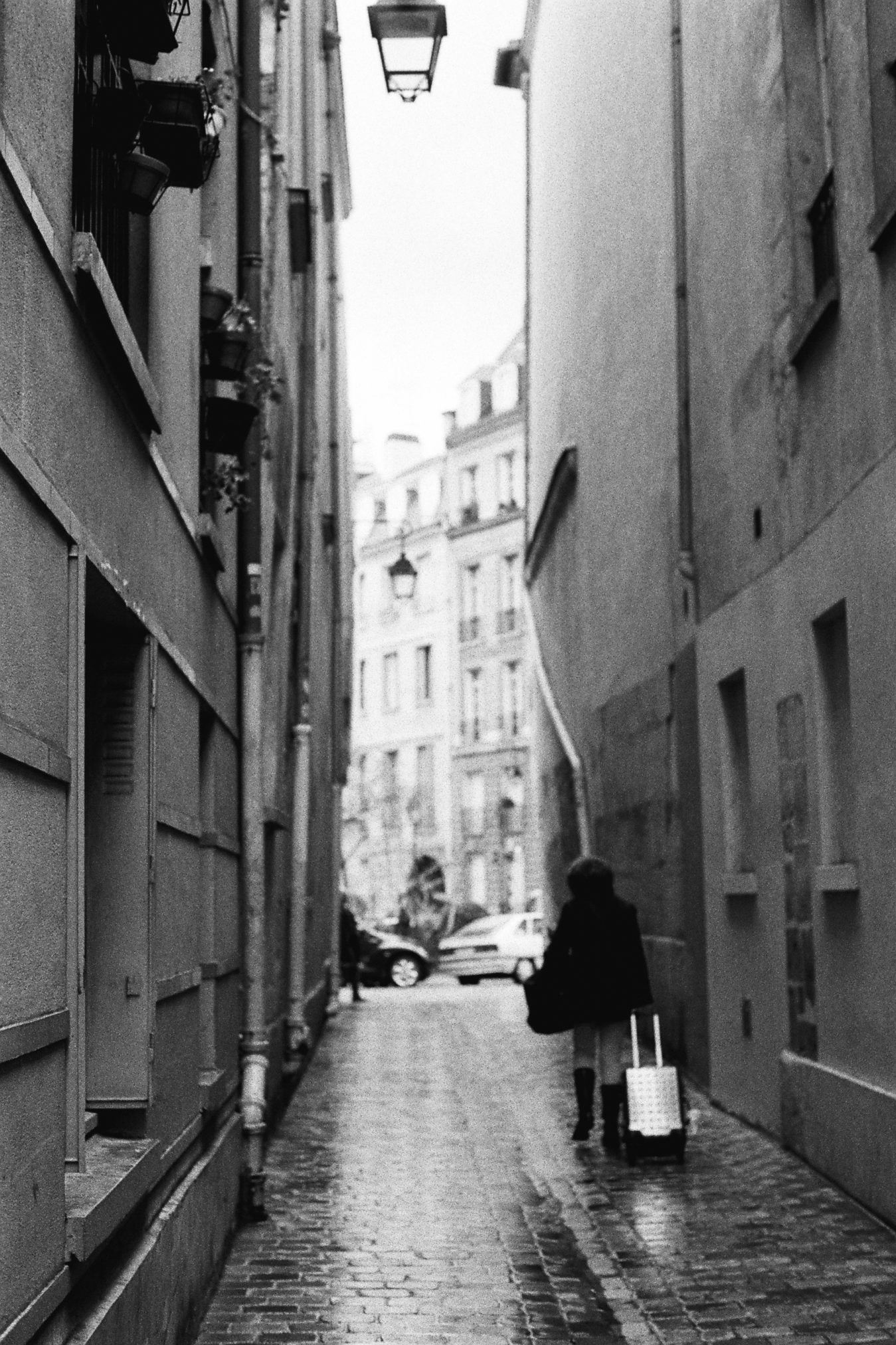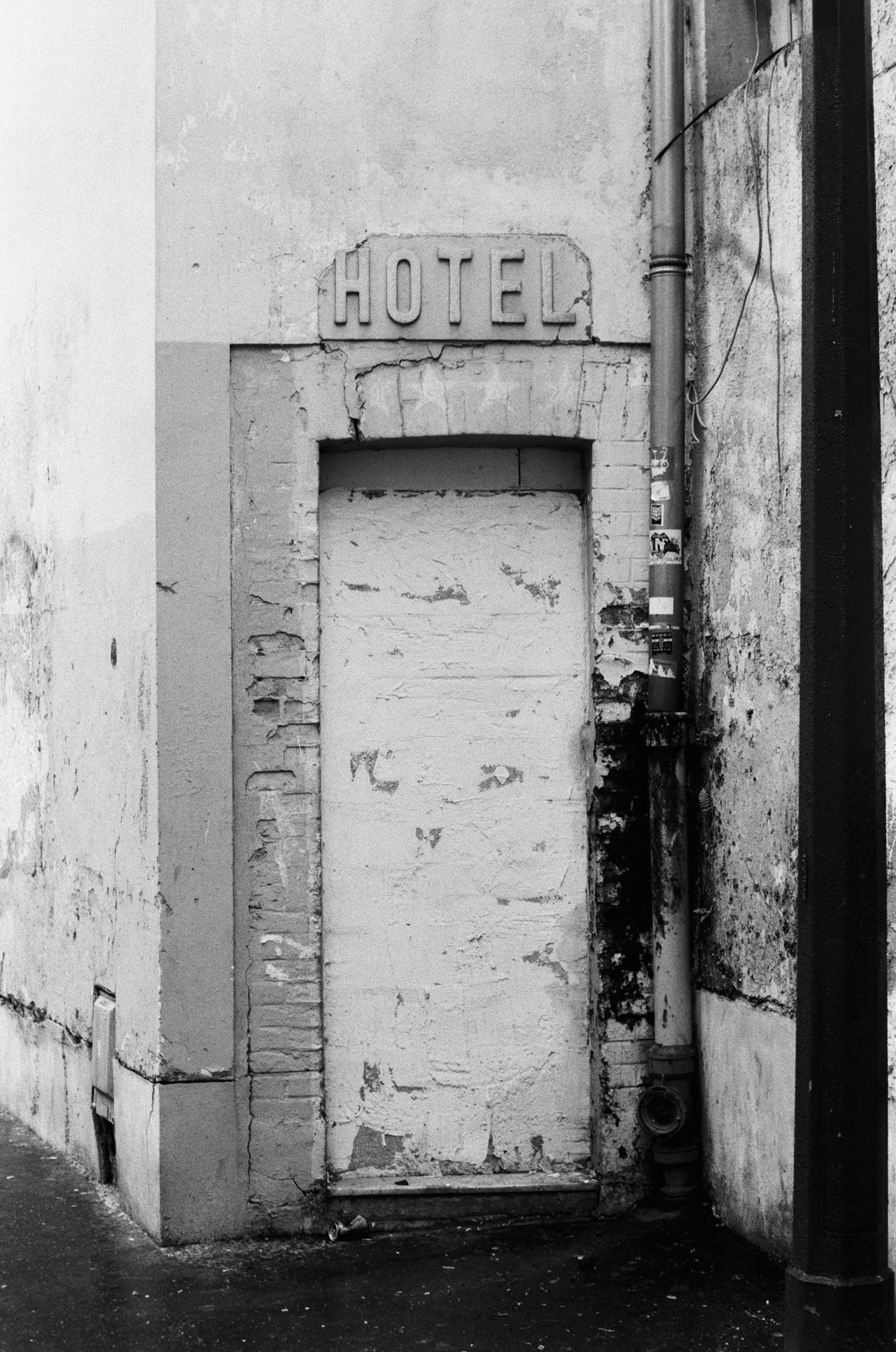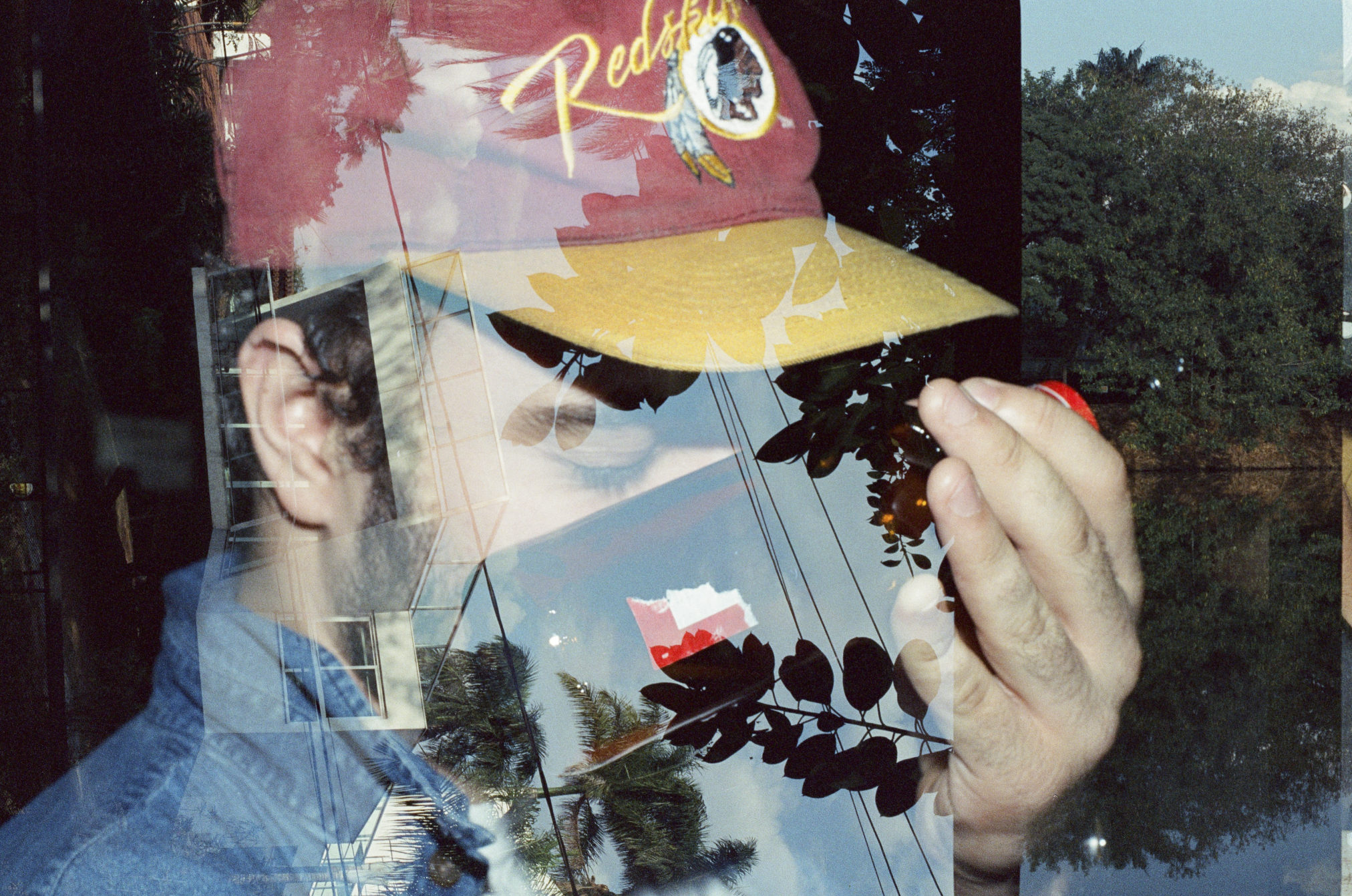12th Tiradentes Photography Festival
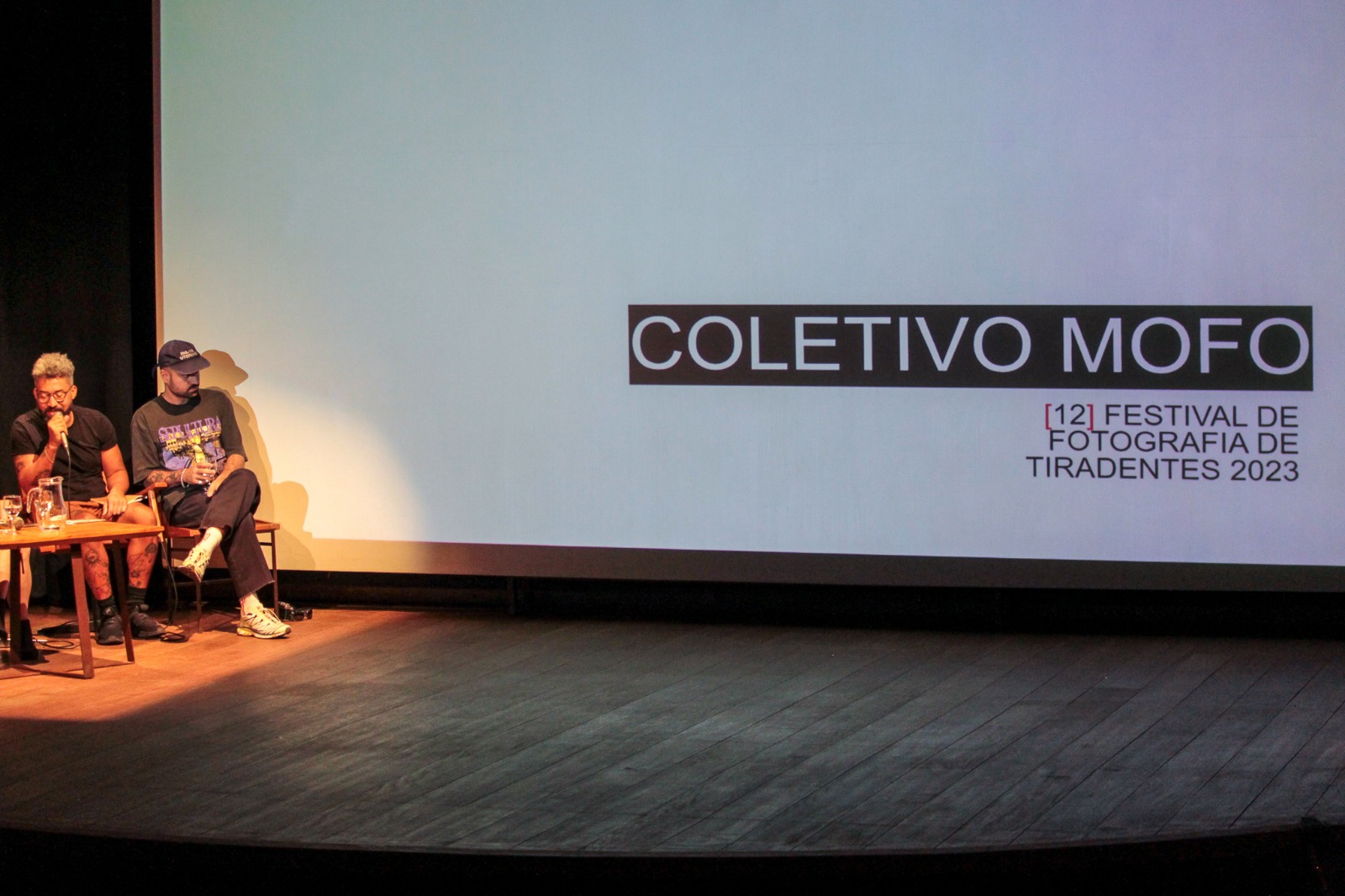
In March 2023, I participated in the 12th edition of the Tiradentes Photography Festival representing the Mofo Collective. The panel titled “Analog Photography Today” featured the participation of the Deriva Collective and Grão Collective. On this occasion, I had the opportunity to share my experience and perception of the creative processes related to the world of analog photography.
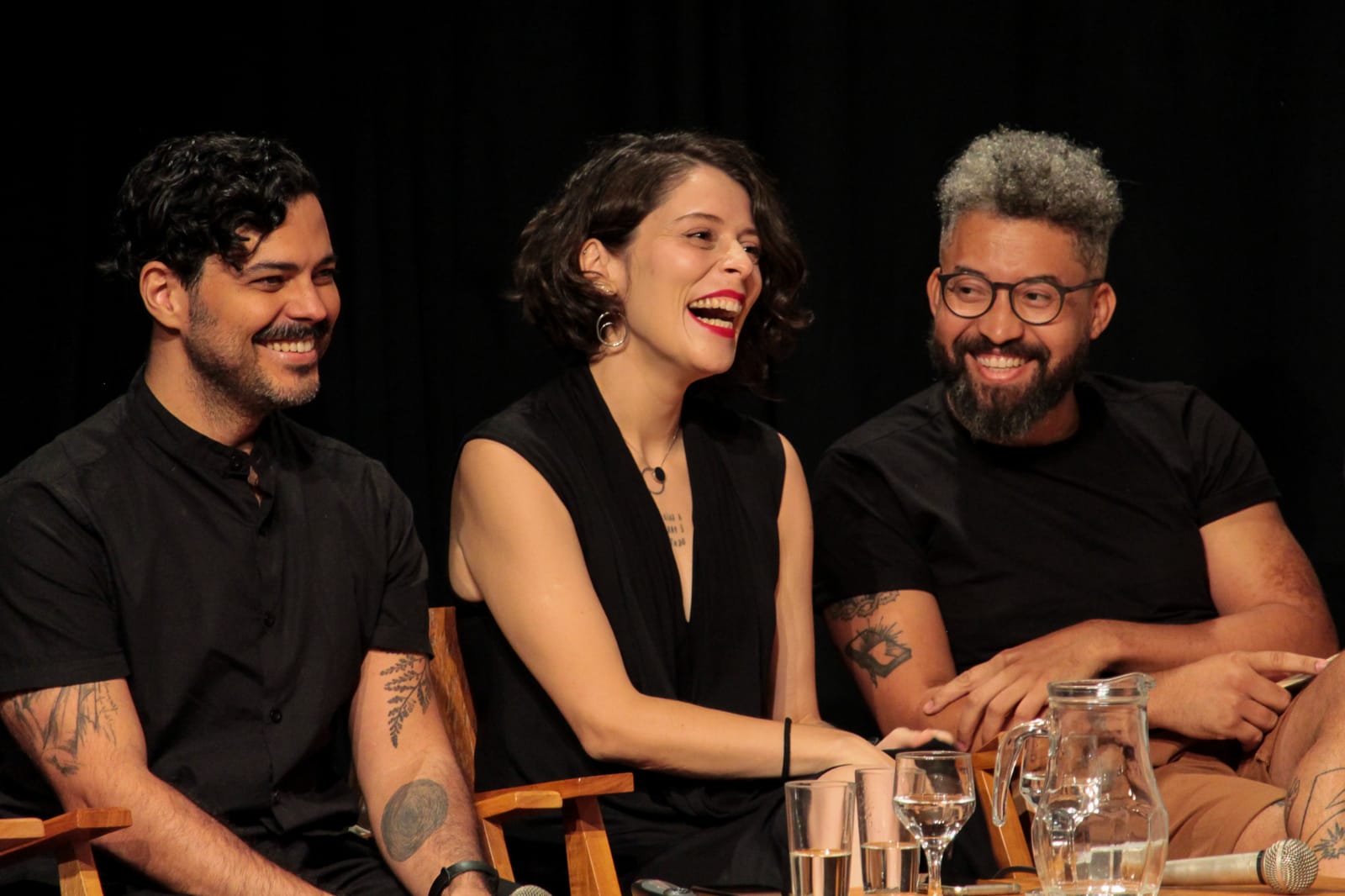
The opportunity also allowed me to reflect on the power of art collectives in Brazil, which continue to contribute to pushing the limits imposed by academia, reversing traditional and conservative notions of the artist as a “genius” and the image of the artist working alone as an enlightened being illuminated by the divine light of imagination.
Event photos: Thais Andressa
Below, I share the presentation displayed at the festival:
Tales of care and repair
In 2021, I was a collaborator on the international project Tales of Care and Repair, conducting research and interviews with self-taught professionals engaged in object repair and restoration. The project was supported by various institutions, including the University of the West of England.
Tales of Care and Repair (@repairacts) brings together stories of everyday object repair from India, the United Kingdom, and Brazil.
Considering repair as a potentially radical act that can transform our relationship with our material worlds, the program aims to build a repository of ‘stories’ of repaired everyday objects. It also gathers artists, designers, policymakers, and academics to conduct specialized workshops and seminars and create Repair Declarations for citizens to embrace local repair mindsets in cities, towns, and neighborhoods.

Access at: https://tales.repairacts.net/tales
Art, Architecture, and Urban Expansion in Belo Horizonte in the 1940s: A Reading from the Pampulha Works Album
In March of this year (2021), I participated in the 6th Meeting of the National Association for Research and Graduate Studies in Architecture and Urbanism (VI ENANPARQ), which is a biennial meeting held by professors, researchers, and graduate and undergraduate students working in the field of Architecture and Urbanism. In this particular edition, International Dialogues were incorporated to substantiate the theme “Liminality: processes and practices in Architecture and Urbanism,” bringing to the meeting the exchange of actions and foreign experiences, especially from Latin America.
The VI ENANPARQ was supposed to take place in Brasília (DF) from October 12th to 16th, 2020. However, due to the COVID-19 pandemic and the consecutive restrictive measures and current uncertain scenarios, the event organizers, in conjunction with the ANPARQ board, decided to postpone the event to March 1st to 5th, 2021 (in a 100% virtual format), with a preparatory event called the “Virtual Seminar – Liminality: processes and practices in Architecture and Urbanism” held from October 13th to 16th, 2020 (in a virtual format).
It was the first fully virtual event I attended, and I consider the experience to be very positive.
I participated in the thematic session “Archives, publications, curating: a new historiographic agenda” organized by professors Eduardo Augusto Costa and Ana Claudia Veiga de Castro from FAUUSP. The session was organized under the thematic axis 2, “History, historiography, and critique,” with the aim of exploring the history of the built environment as a critical operation, focusing on new possibilities for constructing narratives that, in the face of canonical works, are oriented towards the revision of periodizations, conceptual frameworks, geographical delimitations, and cultural exchanges in order to reassess the temporality and historicization of theories and manifestos and ensure the inclusion of marginalized social groups and objects.


My presentation titled Art, Architecture, and Urban Expansion in Belo Horizonte in the 1940s: A Reading from the Pampulha Works Album was an exploration of the context of urban expansion and verticalization in Belo Horizonte based on the publication of the Pampulha Works Album and the narrative effort surrounding modernization in the 1940s.
Dated 1944, the album was created by the Government to promote the creation of the Pampulha region, presented as a solution to the rapid growth of Belo Horizonte and as essential for the modernization of the still young city, which was 46 years old at the time. This material includes iconographic content of the entire architectural complex of Pampulha, presented by Juscelino Kubitschek, then mayor of the capital city, by Oscar Niemeyer, and by the American architect Philip L. Goodwin, who mentioned the existence of a certain “pedantry of international urban planners” when discussing the importance of promoting Brazilian cities abroad. In addition to being an important record of the diversification of urban conceptions in the 1940s, it also reflects the alignment of political interests in the state of Minas Gerais since Pampulha was part of a cultural promotion and mobilization movement initiated by Juscelino Kubitschek, which persisted from his tenure as mayor to his role as Governor of the State.
The proceedings of the event are available here, and my contribution can be read starting from page 215 of the PDF file.


